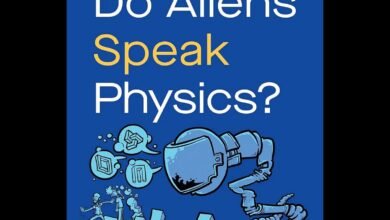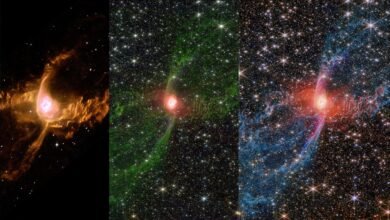What was it like when protons and neutrons formed? | by Ethan Siegel | Starts With A Bang! | Dec, 2023

For a substantial fraction of a second after the Big Bang, there was only a quark-gluon plasma. Here’s how protons and neutrons arose.
The story of our cosmic history is one of an expanding and cooling Universe. As we progressed from a hot, dense, uniform state to a cold, sparse, clumpy one, a number of momentous events happened throughout our cosmic history. At the moment of the hot Big Bang, the Universe was filled with all sorts of ultra-high energy particles, antiparticles, and quanta of radiation, moving at or close to the speed of light.
On the other hand, today, we have a Universe filled with stars, galaxies, gas, dust, and many other phenomena that are too low in energy to have existed in the early Universe. Once things cooled enough so that the Higgs gave mass to the Universe, you might think that protons and neutrons would have immediately formed thereafter.
But under the hot, dense conditions that were present in the young, post-Big Bang Universe, they couldn’t exist right away. It took time, and the right set of conditions, before even something as fundamental to our Universe as a proton or neutron could stably form for the first time. Here’s the story of how those essential building blocks of atoms first came to be.
In the hot, dense environment of the early Universe, but after the fundamental particles have obtained a rest mass, the Universe was teeming not only with high-energy radiation, but also with several species of fast-moving, relativistic particles. In fact, the Universe possesses every particle-antiparticle combination that’s energetically possible in great numbers, continuously popping in-and-out of existence as particle-antiparticle pairs emerge from the collisions of other quanta. The particles that exist at this time include:
- quarks and antiquarks,
- leptons and antileptons,
- neutrinos and antineutrinos,
- as well as the gauge bosons.
Source link




